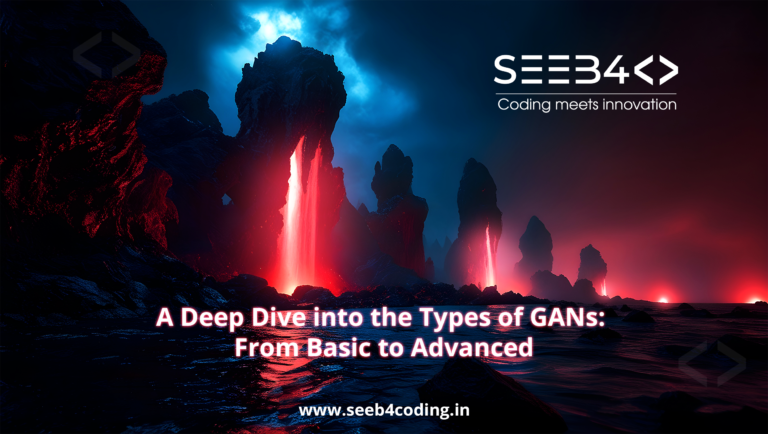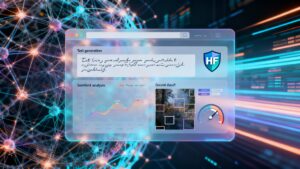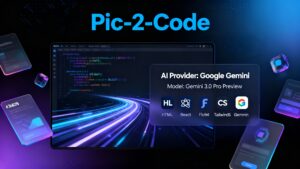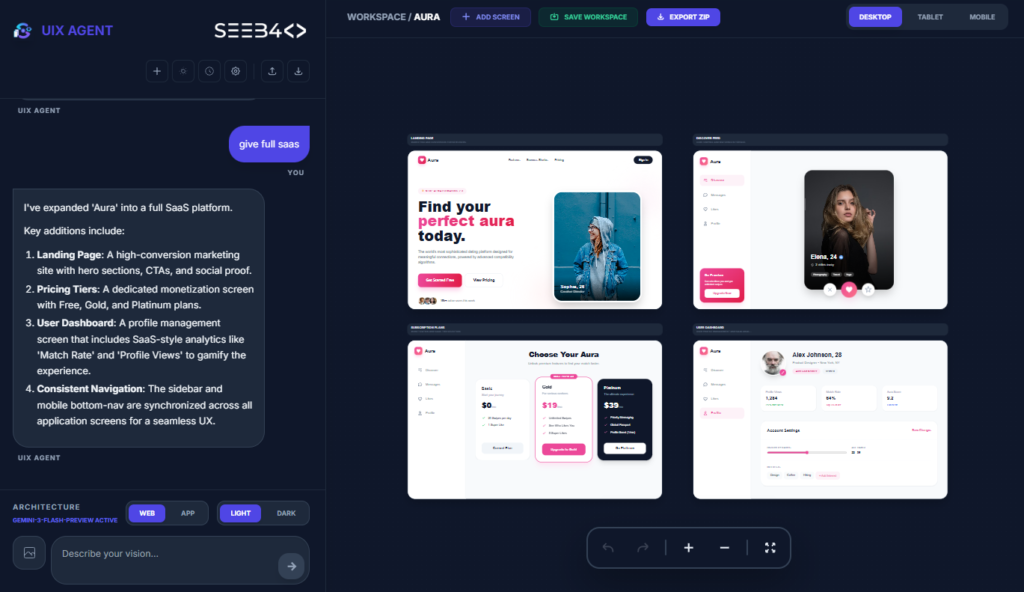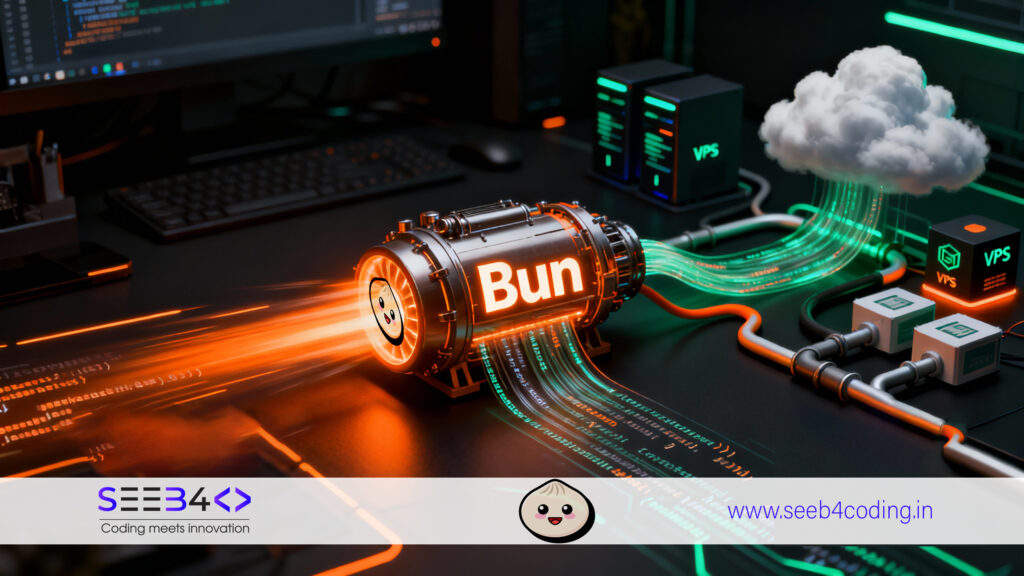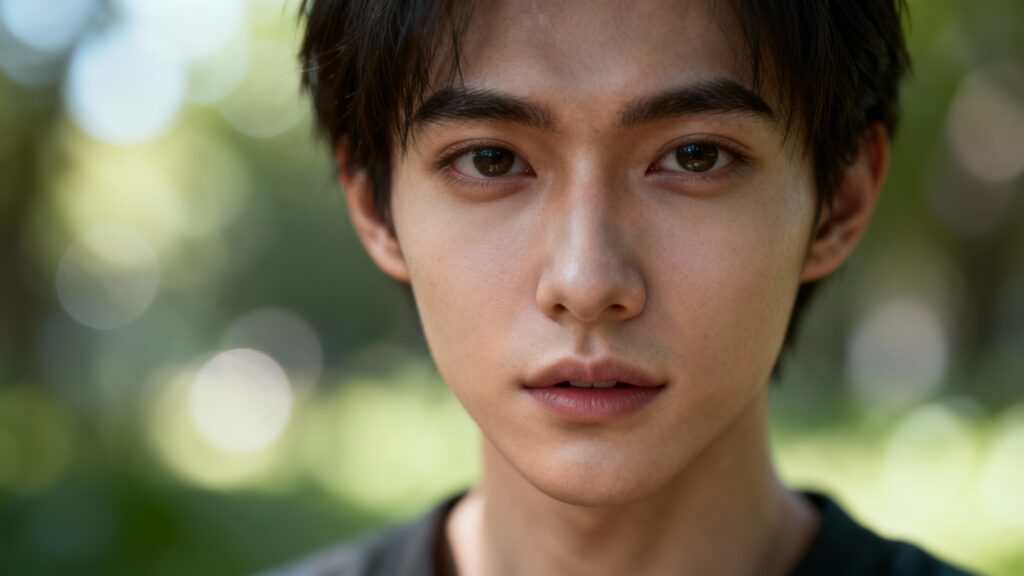Generative Adversarial Networks (GANs) have revolutionized the field of artificial intelligence, particularly in the areas of image and video generation. Since the introduction of GANs by Ian Goodfellow in 2014, numerous variants have emerged to solve specific challenges, from generating high-resolution images to restoring old or damaged photos. In this blog, we’ll explore some of the most popular and cutting-edge types of GANs.
1. Basic GAN
Overview: The original GAN consists of two neural networks—a generator and a discriminator—that play a game with each other. The generator creates images from random noise, while the discriminator tries to distinguish between real and fake images. The goal of the generator is to “fool” the discriminator into believing the generated images are real.
- Use case: General image generation.
- Example: Generating images of handwritten digits that resemble real ones.
2. DCGAN (Deep Convolutional GAN)
Overview: DCGAN improves upon the original GAN by using convolutional and deconvolutional layers, making it more suited for generating images with high fidelity.
- Use case: Generating realistic images, particularly from datasets like CelebA or LSUN.
- Example: Generating celebrity faces that don’t exist.
3. SRGAN (Super-Resolution GAN)
Overview: SRGAN is designed to solve super-resolution tasks, transforming low-resolution images into high-resolution ones. The generator learns to produce high-quality textures, while the discriminator assesses the realism of the upscaled images.
- Use case: Image super-resolution.
- Example: Enhancing the quality of low-resolution images for better clarity.
4. CycleGAN
Overview: CycleGAN allows image-to-image translation without paired data, enabling transformations between two domains (e.g., from photos to paintings) by learning a cycle-consistent loss.
- Use case: Unpaired image-to-image translation.
- Example: Converting photos into Van Gogh-style paintings.
5. Pix2Pix
Overview: Pix2Pix performs paired image-to-image translation, learning a mapping from input to output images using supervised learning.
- Use case: Translating input images into another form.
- Example: Turning a rough sketch into a photo-realistic image.
6. StyleGAN
Overview: StyleGAN introduces control over different levels of image generation by separating high-level attributes (e.g., pose) from low-level attributes (e.g., hair color). This allows users to generate images with customizable features.
- Use case: High-quality image generation with control over style.
- Example: Generating realistic human faces with the ability to change specific attributes like age or expression.
7. ESRGAN (Enhanced Super-Resolution GAN)
Overview: ESRGAN is an improved version of SRGAN, designed for super-resolution tasks. It introduces a new network architecture called Residual-in-Residual Dense Block (RRDB) and improves the perceptual loss function to generate finer details.
- Use case: Image super-resolution with high-quality texture generation.
- Example: Enhancing old or low-resolution photographs to high-resolution versions.
8. VGGAN (Variational GAN)
Overview: VGGAN merges the concepts of Variational Autoencoders (VAE) with GANs. It introduces variational inference to generate more diverse outputs while maintaining high quality.
- Use case: Diverse and high-quality image generation.
- Example: Generating varied human faces, all with realistic features, from random noise.
9. GFPGAN (Generative Facial Prior GAN)
Overview: GFPGAN focuses on facial image restoration, using a generative facial prior network to enhance details like facial features, while ensuring the identity of the face remains intact.
- Use case: Facial restoration and enhancement.
- Example: Restoring clarity to old, blurry facial images or damaged photos.
10. StackGAN
Overview: StackGAN generates high-resolution images in two stages: the first stage produces a low-resolution, rough image, while the second stage refines the details into a high-resolution output.
- Use case: Text-to-image generation with high resolution.
- Example: Generating a detailed image of a bird from a text description like “a bird with red feathers and a black beak.”
11. SAGAN (Self-Attention GAN)
Overview: SAGAN incorporates self-attention mechanisms to capture global dependencies in images, resulting in more detailed and realistic image generation, particularly in complex scenes.
- Use case: Detailed image generation, especially for scenes with multiple objects.
- Example: Generating a cityscape where all objects are in the correct spatial context.
12. Contextual GAN
Overview: Contextual GAN is designed for image inpainting tasks, where missing parts of an image are generated based on the surrounding context.
- Use case: Image completion or inpainting.
- Example: Removing unwanted objects from a photo and filling the missing area with realistic content.
13. DualGAN
Overview: DualGAN learns bidirectional mappings between two domains without the need for paired data. This allows it to perform unpaired image-to-image translation, like CycleGAN, but with enhanced stability.
- Use case: Unsupervised image translation.
- Example: Turning line sketches into photorealistic images without having paired data.
14. StarGAN
Overview: StarGAN can handle image-to-image translation across multiple domains with a single model. It learns a shared latent space and can switch between different domains seamlessly.
- Use case: Multi-domain image translation.
- Example: Changing hair color, gender, or age of a face in a single model.
15. Pix2PixHD
Overview: Pix2PixHD is a high-resolution extension of Pix2Pix, aimed at generating photo-realistic images from input data like sketches or segmentation maps.
- Use case: High-resolution image synthesis from semantic labels.
- Example: Turning a rough segmentation map of a city into a high-quality cityscape image.
16. AttnGAN (Attention GAN)
Overview: AttnGAN improves text-to-image synthesis by using an attention mechanism to generate specific parts of an image based on corresponding text descriptions. This results in more detailed and accurate images.
- Use case: Fine-grained text-to-image synthesis.
- Example: Generating an image of “a bird with yellow wings and a red beak” with accurate placement of colors and features.
17. TecoGAN (Temporal Coherent GAN)
Overview: TecoGAN focuses on video super-resolution, maintaining temporal coherence between consecutive frames to produce high-quality video without flickering or inconsistencies.
- Use case: Video super-resolution and restoration.
- Example: Upscaling a low-resolution video to 4K while keeping all frames consistent.
Conclusion
GANs have evolved dramatically from their original conception, addressing various challenges in image and video generation, super-resolution, and translation tasks. ESRGAN and GFPGAN have specialized in image restoration and super-resolution, VGGAN brings diversity and high-quality generation, and TecoGAN maintains temporal consistency for video. With the wide variety of GANs available, choosing the right type depends on your specific use case, whether it’s generating realistic faces, restoring old photos, or creating high-resolution videos.
GANs continue to push the boundaries of what’s possible in AI-generated content, and future developments will no doubt bring even more exciting innovations to this space.

